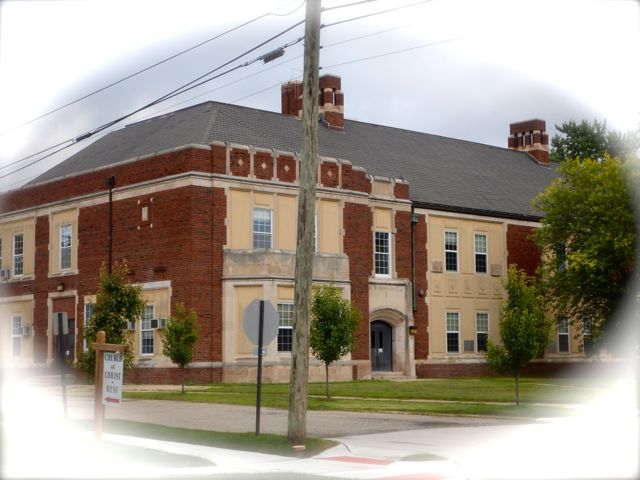It’s not too late to save Starkweather School

Aug. 31, 2015 PLYMOUTH VOICE.
Plymouth Michigan News
By: Dan Sabo
In 1926, Vivian and Russell Wingard, residents, business leaders, my grandparents Mary and Karl Starkweather were lobbying Plymouth Schools for a new ward school in Old Village. Karl wrote a May 7, 1926 piece for the Plymouth Mail mirroring city sentiment. He stated: “We do not want our children to be brought up in flats, apartment houses and congested areas in order to be near the centralized school. Builders tell us that when a new family head with growing children, comes to town, he locates his home as near to a school as possible. He would rather drive several miles to work, and have his children near a school, then to have the situation reversed”. My gramps was saying, elementary schools belong in neighborhoods. Residents agreed, approving the school by a four to one margin.
Ironically, Plymouth Canton Community Schools and Plymouth City Planning Commissioners hope to convert now historic public property into a housing complex, which residents back then intended to prevent. I believe sentiments in Plymouth have not changed, that Dr. Messien and P-CCS board members on August 26, 2014 made a (still) correctable mistake.
Public record proves P-CCS wants additional property tax revenue. Their legal representative stated such, at a recent City Planning Commission meeting, invoking the “City of Homes” motto. At what cost though, to Old Village? There have been people living in Plymouth, longer than Michigan has been a state. I think that is far more important, than whether or not a Livonia developer can have a housing project on Holbrook.
If a historic public school building and playground can be repurposed into an apartment complex and subdivision, then it can surely be repurposed into a place of learning. Or some other form of use for the public good, whilst preserving open space, at less cost. In the June 18 Plymouth Observer, I offered solutions.
There is one relatively massive housing project under way on Plymouth Road, adding 100-200 additional vehicles into Old Village. If the second project on the Starkweather Elementary School site is approved by the Plymouth City Commission in coming days, an additional 50 to 100 vehicles in already congested Old Village results. In my opinion, both projects are massive mistakes.
At the January 13 P-CCS meeting this year, I was told by elected officials, that the project on the Starkweather Elementary School Site had already been decided. One board member expressed to me that board members are dis appointed the only solution is a housing project, that such has been in the City Master Plan for a long time.
I find it hard to believe, that with the vibrant creativity among residents, the only solution, is violating Plymouth Code of Ordinances Sec. 78-310 regarding preserving open space and historic structures, similarly done with the historic Daisy site.
If true this was a done deal, it is not too late for City Commissioners to change their minds. All it takes, is four votes. I challenge them to prove me wrong; prove Michigan Act 267 of 1976 has not also been violated, that the City of Plymouth, is in good, ethical hands. I challenge residents to let their voices be heard, no matter what your views are on this issue, at City Commission meetings – first and third Monday of each month, as I have. This issue should be decided by city wide vote, not by four individuals.
I agree it is important for P-CCS to find ways to raise revenue for students. To do it at irreversible expense of a historic neighborhood is in my opinion, an irreversible mistake.
Daniel Sabo is the great grandson of George Anson Starkweather (1826-1907). Lawyer, schoolteacher, philanthropist, banker, Plymouth Village President and Plymouth Township Supervisor, Starkweather was a illustrious community leader.
The Starkweater School, named after Starkweather, was built in 1927 served as a grade school in Plymouth’s Old Village until 1977 when it was converted to an adult education center. Starkweather donated the land, once part of the family farm that later became the site of the Plymouth High School.
Plymouth Voice.


